On Wednesday 16 March, Julia Cooper and Ian Duddle led a walk which started from the car park next to Whitchurch Hill Village Hall. It was a grey morning with the threat of rain to come. A Coal Tit was seen in a big conifer in the car park, a Buzzard drifted over the adjacent broad-leaved plantation, a woodpecker drummed nearby and a Chiffchaff was heard. The walk started out westwards, with Sweet Violets and Red and White Dead-nettle in flower beside the track. After crossing a field and turning north through a short stretch of woodland, the path emerged onto a track with multi-stemmed Sweet Chestnuts on one side and an avenue of big Horse Chestnuts in the field on the other side. The route crossed a narrow lane and continued uphill across a field where sheep had recently been feeding on a turnip crop. Skylarks sang overhead, a Red Kite was being dive-bombed by Black-headed Gulls and Fieldfares called as they flew down from a distant hedge. Cattle, including a small black calf, were lying down in the next field. The walk continued along tracks to the hamlet of Cold Harbour. A strange tree in one of the gardens provoked some discussion. The top part of the tree was a big old spreading cherry, but the bottom few metres consisted of a significantly wider trunk without the characteristic horizontal lines of cherry bark. It was like an ancient giant mismatched graft. The next footpath led down to Blackbird’s Bottom. A big clump of Butcher’s-broom at the start of the path had new berries forming. Two Green Woodpeckers were feeding down on the ground in the rough grass near the far hedge.
The next section of the walk was along a track which followed the valley bottom westwards. After passing a big clump of flowering Dwarf Comfrey, the track led into an area of woodland, with a larch plantation on one side of the valley and an area of Hazel coppice on the other. The latter side had flowering Primroses, glossy green Bluebell leaves and tall spikes of Wood Spurge. There was an interesting collection of plants on the banks beside the track. A few Early Dog-violets were in flower but most of the plants needed to be identified by their leaves. Wood Sorrel, Wood Anemone, Moschatel and Bush Vetch were found. Amongst a mossy pile of rotting branches was a striking collection of bright red Scarlet Elfcup fungi. Continuing down through the woods, flowering specimens were found one by one to confirm most of the earlier leaf identifications, then Barren Strawberry and Hairy Wood-rush were also found in flower. The track ran through the gardens of Bottom Farm, where there was a neat newly-laid hedge and a Marsh Tit was seen. Rain started to fall as the walk continued into the top of Great Chalk Wood. Raindrops glistened on the grooved, dome-shaped cap of a large Inkcap fungus on dead wood to one side of the track. Nearby were several Gooseberry bushes with bright green new leaves. Continuing down through the wood, a big patch of flowering Wood Anemone was found, together with a larger area of Ramsons leaves. The route then turned sharply back uphill. Towards the top of the wood, the Ramsons leaves became so dense that they appeared to be smothering everything else.
The next section of the walk followed lanes and tracks southwards towards Coombe End Farm. The rain, which had hardly been noticeable while under the tree cover of Great Chalk Wood, was increasing steadily. Greater Stitchwort was found in flower beside the track and a flock of Starlings flew down into the adjacent field, followed by a noisy flock of Fieldfares. The final footpath led back across fields to Whitchurch Hill. Most of group then went on to the Sun at Hill Bottom for lunch and were delighted to find a welcoming fire.
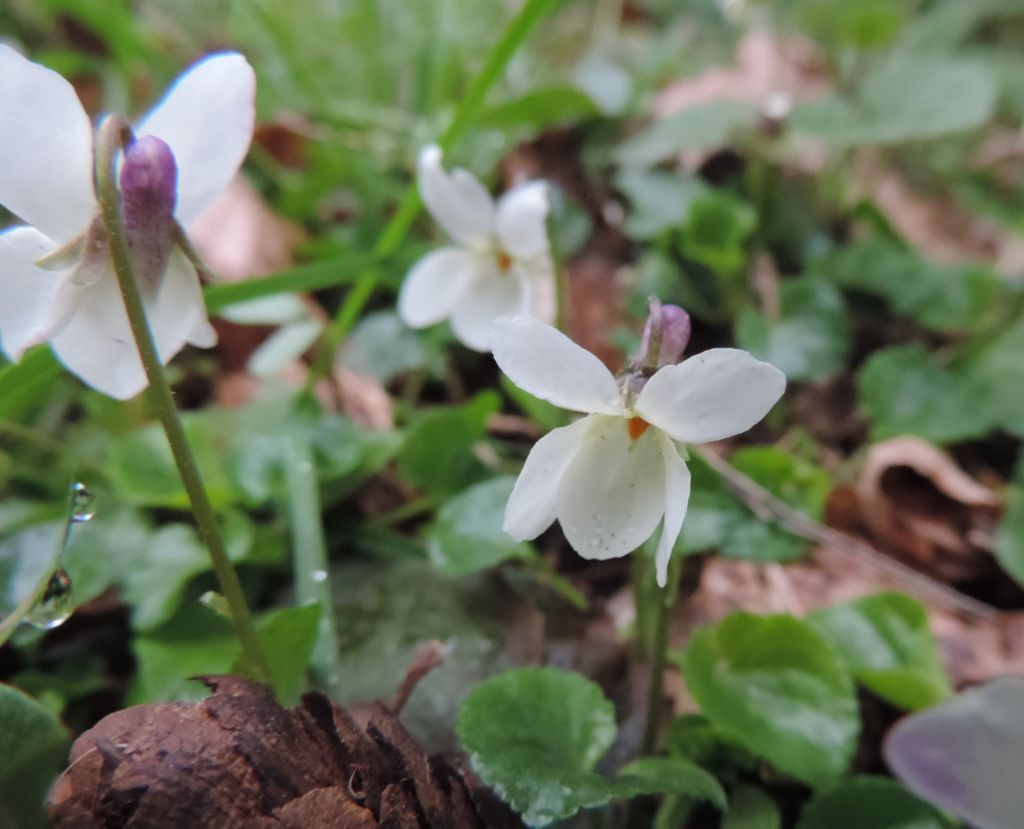
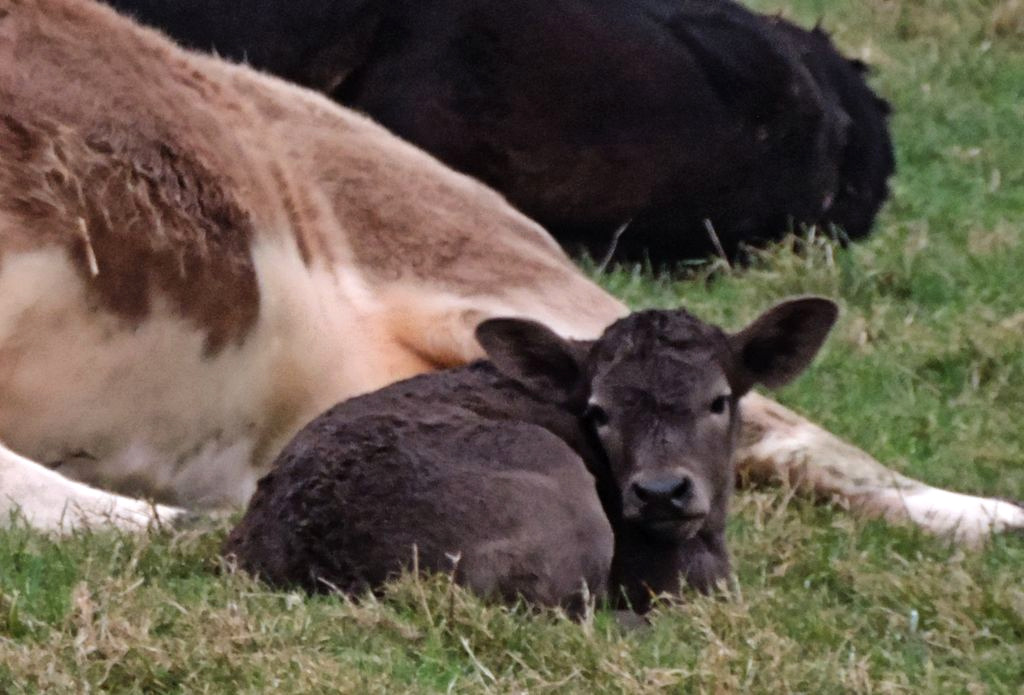
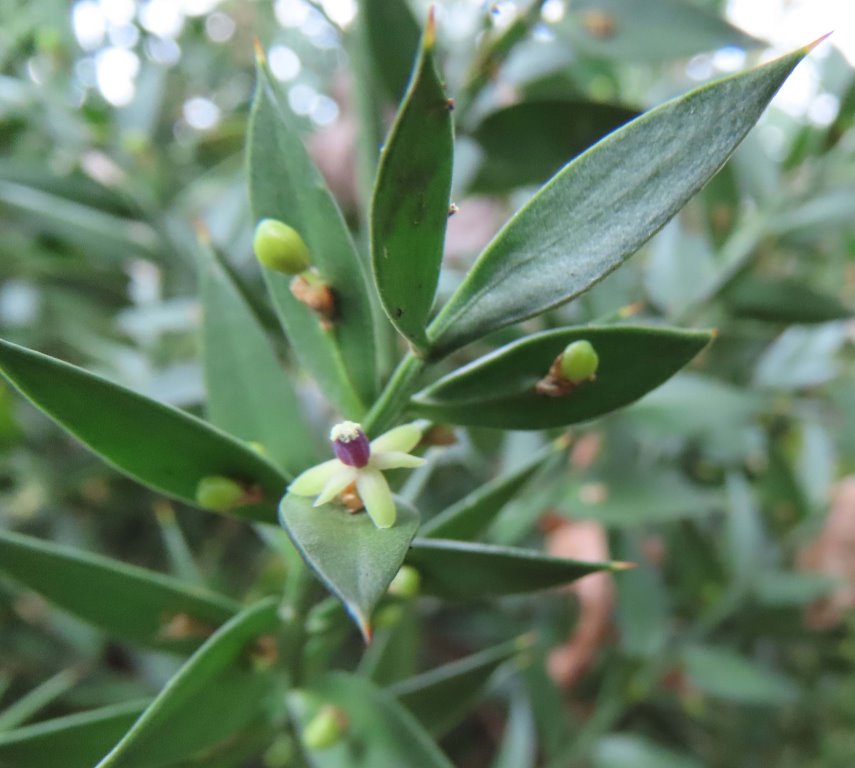

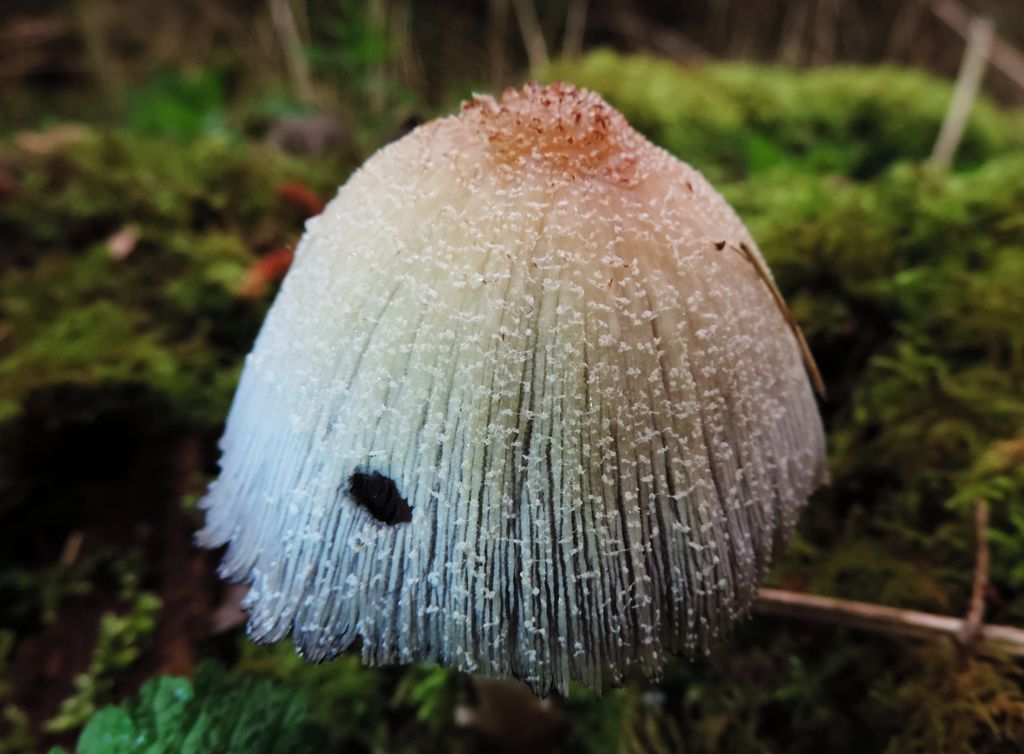
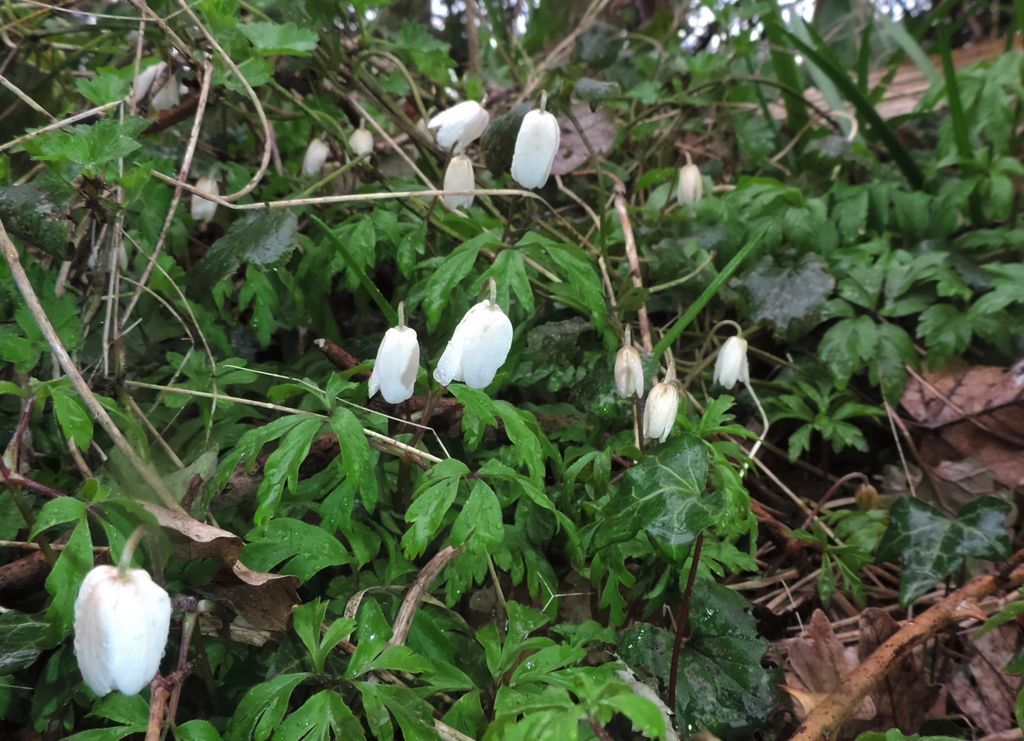
Pictures by Rob Stallard and Fiona Brown
